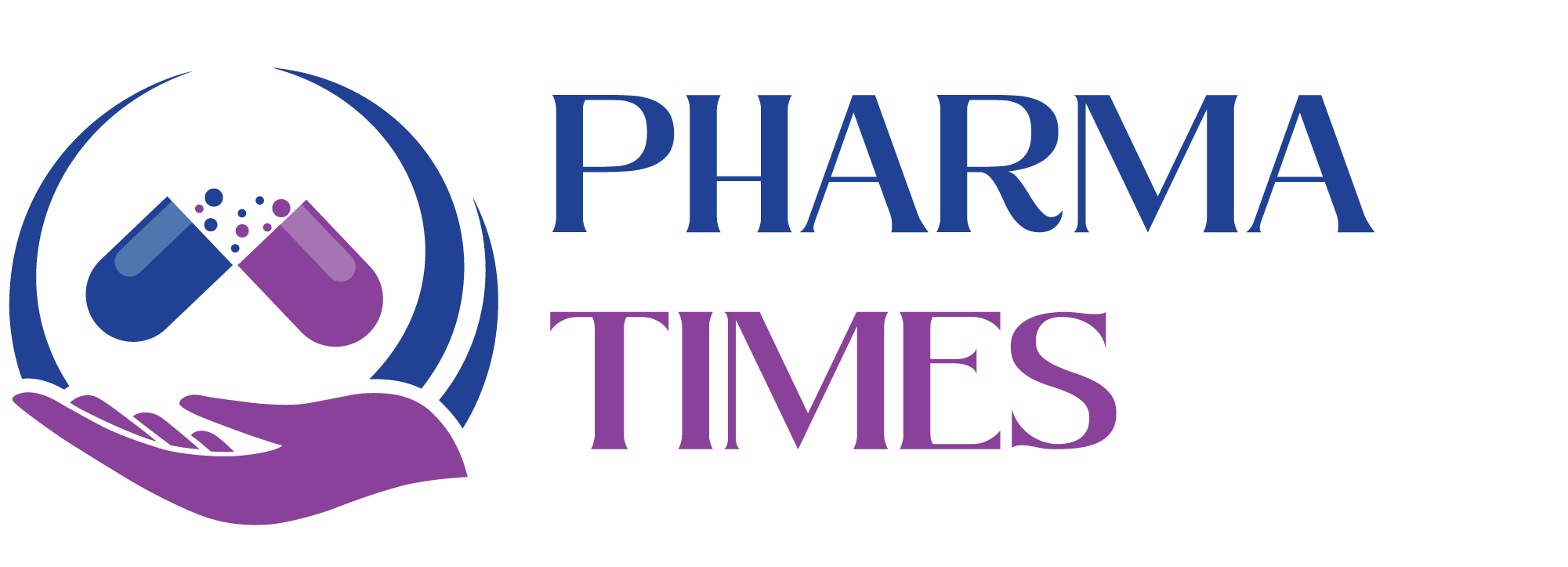Key Excipients in Pellet Formulation – Overview
Pellets are small free flowing solid spherical to cylindrical particles in the previous article we discussed the different techniques used in pellet formulation and now you will be learning about the key excipients in pellet formulation. Pellet formulation includes various excipients to get proper drug release, stability, and feasibility of the manufacturing process. Most of the excipients used in pellet formulation are similar ones as used in tablet formulation.
Key excipients of Pellet formulation include
- Fillers – These are added to increase the bulk of the pellets and the amount of fillers ranges from 1% to 99% depending upon the drug’s physicochemical properties and manufacturing process. examples include – Microcrystalline cellulose, mannitol, lactose, etc.
- Binder – Binder selection is very important, especially in the powder layering technique, but binders are adhesive materials and are very important in pellet formulation regardless of the technique involved for powder adhesion to the pellet core. examples of binder include ethyl cellulose, Polyvinylpyrrolidone, etc.
- Lubricants – Magnesium stearate, talc, and stearic acid are common lubricants used. These are added to reduce the friction between individual pellets and also with the processing equipment used.
- Release modifiers are one of the important ingredients of pellet formulation as most of the pellet formulations are either controlled release or sustained release. These are coated onto the surface of pellets after barrier coating and examples include hydroxypropyl cellulose, xantham gum etc.
- Plasticizers – Triethyl citrate, propylene glycol and glycerin are used as plasticizers and the main use lies in improving the stability of the pellet formulation and prevent cracking of coated pellets.
- Glidants are added to pellet formulation to improve the flow characteristics, prevent agglomeration and enhance the coating process.
- Disintegrants like crospovidone, sodium starch glycolate , croscarmellose sodium are used to enhance dissolution and improve bioavailability.

